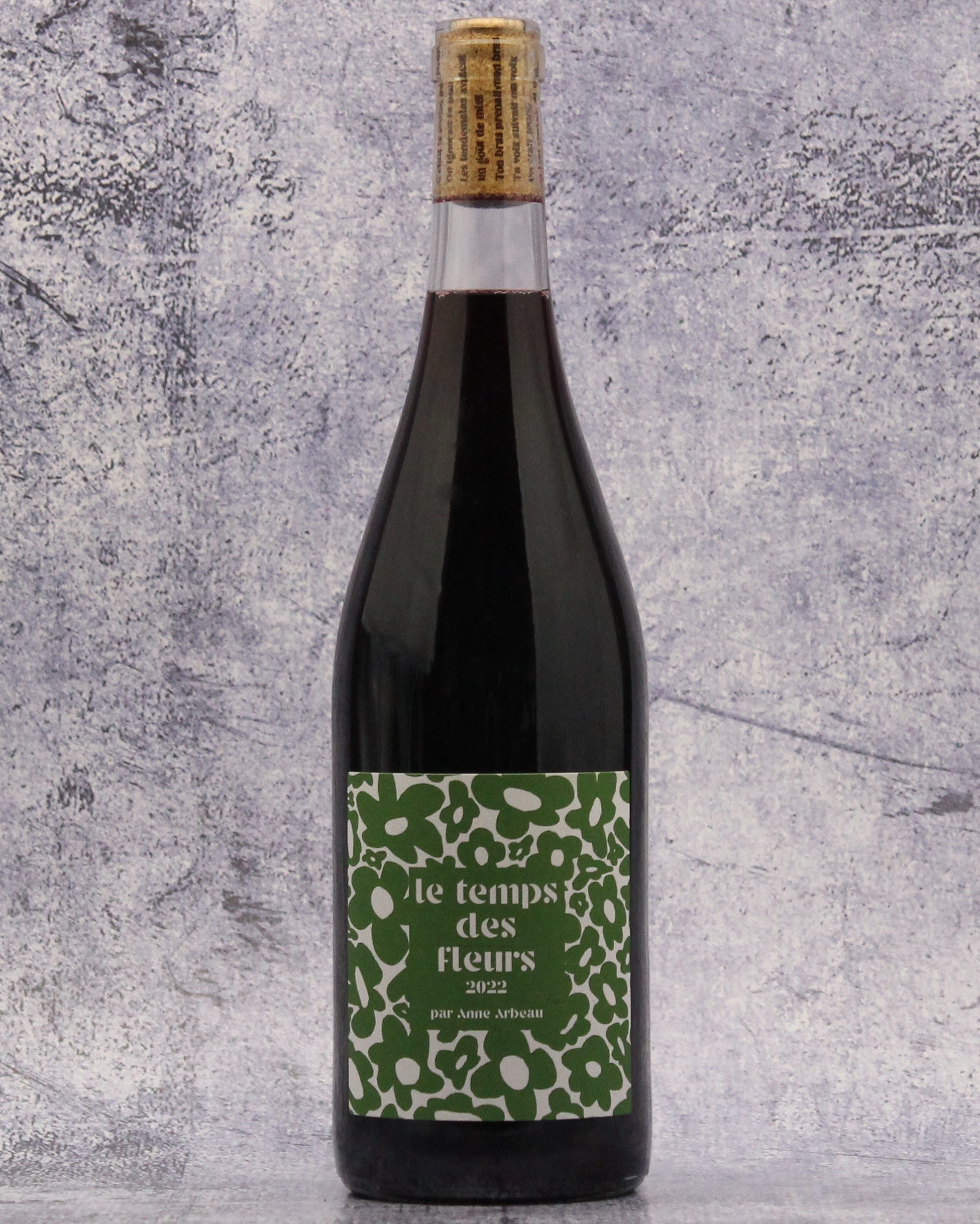Description
From: Fronton, France
Varietals: 70% Negrette, 15% Syrah, 15% Gamay
Taste: Holy cow was this wine the most delightful surprise we’ve had in a while! Fresh and juicy, this chillable red wine is bursting with aromas of just-ripened black fruits and notes of violet flowers balanced by savory nuances that hint at forest floor, river rock and licorice. On the palate, you’ll get more fresh goodness that’s both smooth and pleasant, those very same savory and mineral notes reigning in the fruit & giving you a wine that’s balanced and delicious. If you’re a fan of Beaujolais or Gamay in general, you’re going to go wild for this charming buddy.
Pairing: Similar to Beaujolais/Gamay, this wine pairs with much of the same foods! Wild mushroom ravioli (or mushroom-anything, really), braised venison with bacon, chestnut and wild mushroom sauce, roasted pigeon with red wine jus, roast duck or chicken. Our favorites are always the appetizers that can be enjoyed as light dinners: pâté, rillette’s, charcouterie and fromage boards. With that in mind, we’re going to share a recipe for a delicious and traditional Japanese dish, Beef Negimaki, that can be served as both an an appetizer or a meal.
Beef Negimaki
By Kay Chun
About. Each region has its own customs and traditions. Although it may come as a surprise, behind the calm and serene Toulouse, the pink city, lies a fiery disposition that reveals itself on the sports fields. Toulouse is the emblematic rugby capital and is proud to have a rich history around the sport. But in the land of rugby, between Toulouse and Montauban, wine also plays an important role.
Within the AOP Fronton, a denomination characterized mainly by a grape variety called Negrette, both the vines and growers have their own identity. With 2,400 hectares and about 40 winemakers, the wines produced here are the very epitome of elegance and modernity.
Siblings Anne and Géraud Arbeau maintain this family tradition that began more than a century ago, when their ancestor Prosper Arbeau decided to give up polyculture to focus on vineyards. At their winery, Vignobles Arbeau, they never stop working towards making the intrinsic characteristics of the terroir hidden in this region of southwestern France known to the rest of the world.
Focussing on traditional varieties and increasing their own production, this intrepid pair make Vignobles Arbeau Le Temps des Fleurs, a red wine made primarily from the native Negrette variety accompanied by a small amount of Syrah and Gamay. Sensitive to the issue of sustainability, the Arbeau vineyards were converted to organic agriculture.
The vineyard is located in the village of Labastide-Saint-Pierre, on a slight slope where the soil is mostly boulbène, a type of acidic siliceous and sandy-clay soil that is typical of the whole area. Once the fruit is ripe, a traditional vinification process is carried out in the winery with temperature-controlled fermentation in stainless steel tanks and aging in oak barrels before bottling.
Vignobles Arbeau Le Temps des Fleurs perfectly represents the AOP Fronton Rouge character, an elegant and characterful wine that honours its Toulouse origins. A land of convergences, where rugby and wine are part of the DNA.
The grape, via That Useful Wine Site. Négrette is a red-wine grape whose origins are clouded by time, but which has been cultivated in the Gaillac region of France since (as Jancis Robinson puts it) time immemorial. It is nowadays cultivated in southwestern France, notably around the town of Fronton, which gives its name to the Fronton appellation. In that region, Négrette must be at least 50% of a grower’s vineyard. The variety is rarely seen outside its AOP, save for some in San Benito County, California (where it was long known as Pinot St George).
Words that tend to crop up in describing Négrette wines are supple and perfumed. Many sources say that the wines should be drunk young, but others say that they can take at least some bottle age. Ya pays yer money an’ ya takes yer chances.
Négrette wines are normally quite deep in color. Their “perfume” seems, by report, to be very much of violets, but with all sorts of other interesting spice/herb aromas, and tastes. While Négrette is often used in blends, most reviewers seem firm on the point that its distinctive qualities get rapidly submerged by almost any blend partner, so monovarietal Négrettes are the ones to cherish. The wines are generally low in tannins and acidity, leading to that oft-mentioned “supple” or “silky” quality so much associated with the variety.

